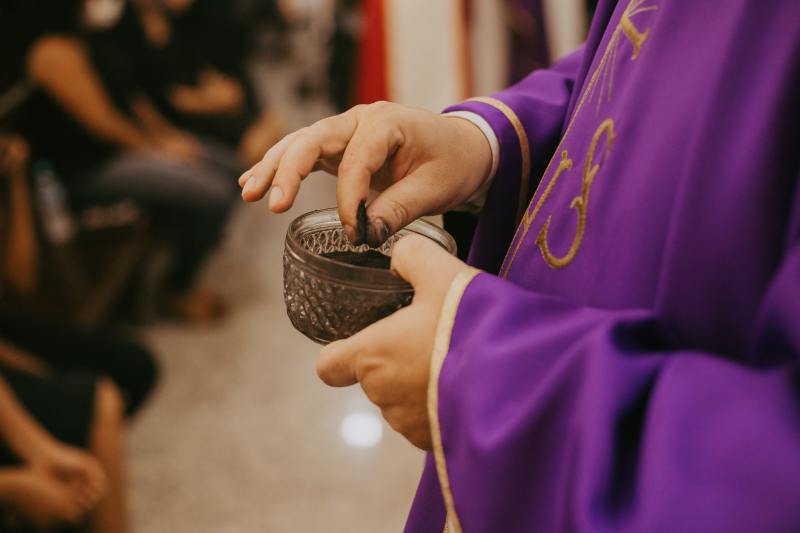
On Ash Wednesday, Manila Cathedal's Archbishop Jose Cardinal Advincula stated that the ash cross rubbed into the forehead reflects man's mortality. It also symbolizes the compassion and humility that Catholics are expected to practice.
Archbishop Jose Cardinal Advincula's Reminder on Ash Wednesday
According to CNN, Archbishop Jose Cardinal Advincula presided over a mass at Manila Cathedral on Ash Wednesday, Feb. 22. He reminded the people to pray from the depths of their spirit while fasting to show true solidarity with those who are enduring hardship. The ashes are placed on the heads to defend against the illusions of self-sufficiency, self-righteousness, self-entitlement, and self-grandiosity. Moreover, when people are confronted with difficulties in life, they frequently give in to feelings of hopelessness and depression. However, today, God is compassionately ensuring individuals that their small contributions to His kingdom are of the utmost value to Him. Turning away from hypocrisy and worldly attachments and returning to God's loving arms is a blessed way to spend this season.
Also Read:Pro-LGBT Clergy Add Glitter To Ash For Ash Wednesday, Report Says
About Ash Wednesday
In Western Christianity, the first day of Lent is known as Ash Wednesday. This day comes approximately seven and a half weeks before Easter, between Feb. 4 and Mar. 11, depending on the date of Easter, Britannica reported.
The solemn observance of Ash Wednesday marks the beginning of the penitential Lenten season. It serves as a solemn reflection of the finite nature of human life and the necessity of being reconciled with God. Ashes and a period of fasting are typically part of the tradition. On the other hand, Eastern Orthodox churches do not celebrate Ash Wednesday since their Lenten season begins on a clean Monday.
Lenten observances used to last for varying amounts of time in the early Christian church, yet, it eventually started exactly six weeks or 42 days before Easter. It only amounted to fasting for 36 days, excluding Sundays. Accordingly, four days were added before the first Sunday of Lent in the seventh century to imitate the 40 days of fasting of Jesus Christ in the desert.
As per Catholic Online, the palms from the previous year's Palm Sunday celebration are used to create the ashes. It is sanctified with Holy Water and fragranced with incense. Additionally, the distribution of ashes was once part of a tradition in ancient history. Public acts of repentance required Christians who had committed severe sins.
On Ash Wednesday, the Bishop prayed over and blessed the hair shirts that the congregation would be expected to wear for the forty days of penance. As the faithful recited the Seven Psalms of Penitence, the penitents were expelled from the church as a consequence of their sins, just as Adam, the first man, was removed from Paradise due to disobedience. After the toil of forty days of penance and sacramental absolution, the penitents were not allowed back into the church until Maundy Thursday to gain reconciliation through their efforts. After that, all Christians, whether open or private penitents, received ashes as an act of dedication. In previous eras, the distribution of ashes was always accompanied by a procession representing a form of penance.
Related Article:Lent 2022: Here Are 5 Facts You Need To Know About The Season

















